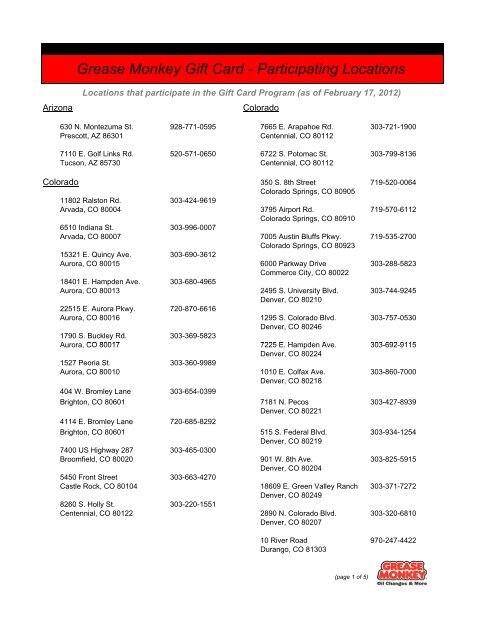

The racial makeup of the city was 89.08% White, 0.9% African American, 0.8% Native American, 2.2% Asian, 0.1% Pacific Islander, 3.5% from other races, and 2.7% from two or more races. There were 44,427 housing units at an average density of 1,216.7 per square mile (469.7/km 2) with a median value of $240,000. The population density was 3,028.1 people per square mile (1,207.6/km 2). By the end of the millennium, the population of Arvada exceeded 100,000.Īs of the census of 2010, there were 106,433 people, 42,701 households, and 28,927 families residing in the city. Arvada became a Statutory City on October 31, 1951, and a Home Rule Municipality on July 23, 1963. A vibrant agricultural community, Arvada was once known as the "Celery Capital of the World." Īrvada grew rapidly during the latter half of the 20th century as a suburb of nearby Denver, the state capital. Colorado was granted statehood on August 1, 1876, and the Town of Arvada was formally incorporated on August 14, 1904. Her husband, Benjamin Wadsworth, became the first postmaster of Arvada. To avoid confusion with other communities along Ralston Creek, Ralston Point was soon renamed Arvada in honor of Hiram Arvada Haskin, brother-in-law of settler Mary Wadsworth. Reno platted the Ralston Point townsite along the railroad. In 1870, the Colorado Central Railroad laid tracks through the area on its route from Golden to link up with the Kansas Pacific Railroad and the Denver Pacific Railroad at Jersey Junction, 3 miles (5 km) north of Denver. The Territory of Colorado was formed on February 28, 1861, and the farms in the valley expanded to feed the growing population of the region. They found an eager market for their crops among other gold seekers. Some of the miners abandoned their search for gold and returned to farm the rich bottom land along Ralston Creek and Clear Creek. The placer gold in the area soon played out, but hard rock deposits of gold were found in the mountains to the west.

Ralston's companions named the stream Ralston's Creek in his honor, but they all left the next morning, drawn by the lure of California gold.ĭuring the Pike's Peak Gold Rush in 1858, Ralston brought another group of prospectors back to the site of his first discovery. Ralston found about 1/4 ounce (6 g) of gold, then worth about five dollars. The first documented discovery of gold in the Rocky Mountain region occurred on June 22, 1850, when Lewis Ralston, a Georgia prospector headed for the California gold fields, dipped his sluice pan into a small stream near its mouth at Clear Creek.


 0 kommentar(er)
0 kommentar(er)
